
Capturing the Sculptural Landscapes of California Skateparks
The photographer is a skateboarder, but there’s not a board in sight.
No one is sure who first decided to put wheels on the bottom of a plank of wood, but skateboarding has a spiritual home, and it’s California. In Southern California in the 1960s, when surfers lacked good waves, they started to “sidewalk surf” on skateboards—giving birth to an entire culture. In the mid-1970s, some took things a step further and took their skateboards into backyard swimming pools that had been drained to save water during the years of drought that plagued the area. This helped spawn a wave of purpose-built skateparks, and the first in California, Carlsbad Skatepark in San Diego, opened its concrete surfaces to the public in 1976. Today there are countless skateparks all over the world, and the sport will make its Olympic debut in Tokyo in 2020.
In his book California Concrete: A Landscape of Skateparks, artist Amir Zaki presents his photographic take on complexly engineered skateparks. He feels a personal affinity for the concrete bowls, half-pipes, and ramps of these spaces. “As someone who grew up skateboarding, I experience and understand these skateparks in an intense, sometimes painful, physical manner,” Zaki writes. But approaching a skatepark with a camera instead of a board took a change in his mindset: “… because I almost always work alone, there was a sense in which I felt that I was capturing something special and ephemeral.” So much photography of skateboarding culture involves capturing very fleeting moments, but Zaki’s images take many minutes and multiple exposures to create, “an extended temporal experience.” The results are sculptural landscapes that appear timeless and otherworldly, save for the occasional bird in flight.
Zaki tells Atlas Obscura about his process, his time on a board, and how it all came together.

What prompted you to first start photographing California skateparks?
Since photographing the built and natural landscape is something that I’ve been doing for about 20 years, I’m always looking and observing the contemporary landscape, often looking for the commonly overlooked. Skateparks are interesting because, for the most part, they are hidden from street view. They are excavations that one happens upon and discovers when one gets close enough. Even then, they are often uninviting to the general public because there are usually fences, and the terrain seems unusual. But I grew up skateboarding, so I know how to navigate these spaces and I’ve always loved the forms they make. I like how they look like mountains, waves, valleys, and other parts of the natural landscape. I’m also a big fan of the way concrete looks and photographs. It’s kind of a perfect storm as far as my personal and artistic interests go.
When did you first start skateboarding, and how did that history affect how you approached this project?
I grew up in Beaumont, California. It was a rural-verging-on-suburban town at that time. It was kind of boring. But my friends skateboarded, and that was the group I felt close to. This was in the mid-80s, in the middle of the Bones Brigade video phenomenon [starring a team of elite skateboarders]. We’d watch those videos, memorize the lines, and then try to copy their tricks and styles. We skateboarded on my best friend’s backyard half-pipe, and on the street. Skateboarding became our mode of transportation, a way to express ourselves, a way to exercise, and a way to bond with friends. I never had a chance at that time to photograph concrete parks. They were rare and far away. But in my late 20s and early 30s I started skating again, and I would skate in local concrete parks. I loved them. I wanted to make sure that the views and perspectives I was depicting felt like you were deep inside, not an outsider looking in.
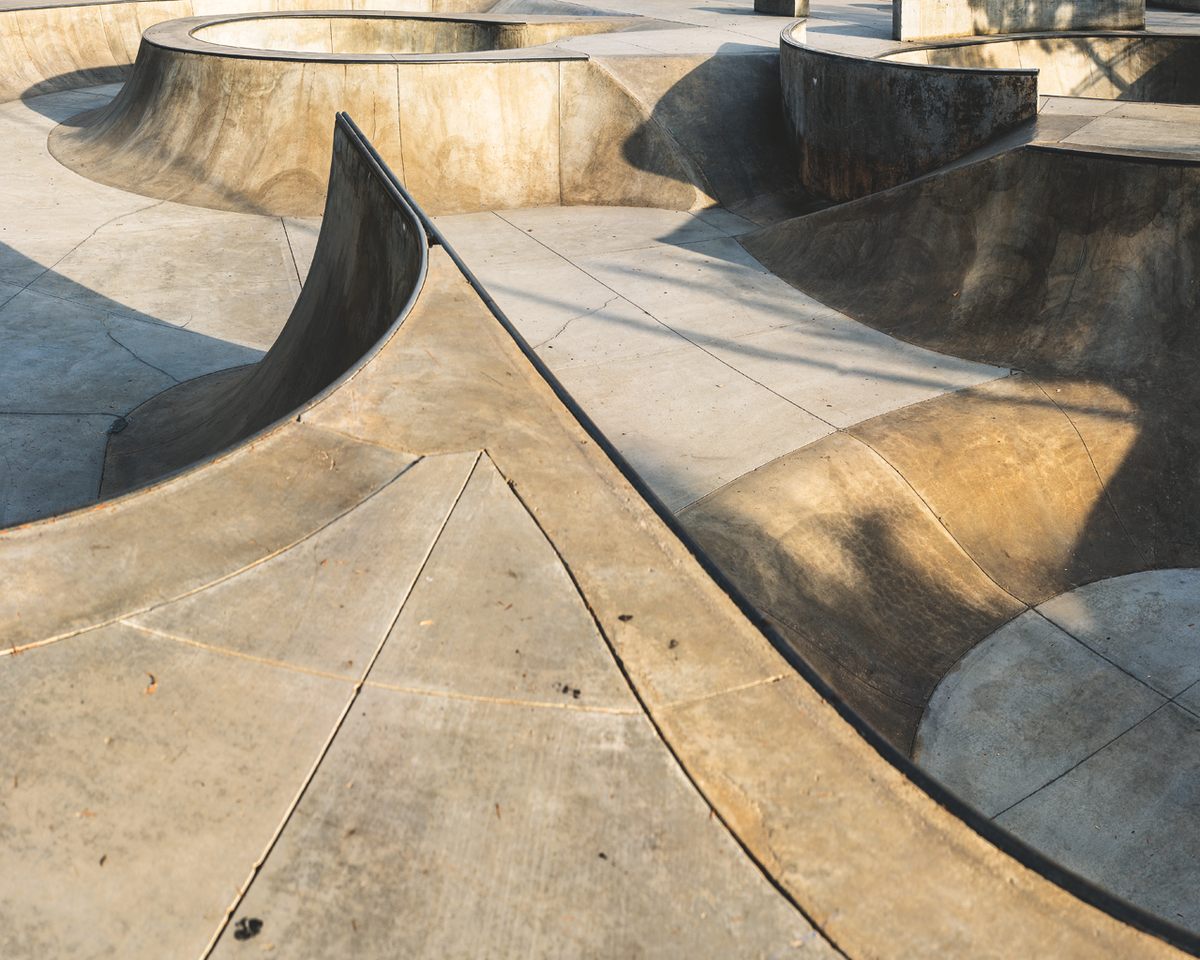
The architecture has a bit of an alien quality, especially without people, and once you digitally removed graffiti and stickers. Why did you approach the parks that way?
I never photograph people in my art practice. The alienation is a quality that I try to cultivate. I like to have the viewer experience space in a contemplative and open way, but somewhat unfamiliar and unsettling, like how we feel when we are on a walk alone and we come across something new and unexpected. We stop and wonder. It’s a solo experience. Plus, how many thousands of photographs of skateboarders shredding already exist? I like a lot of those photographs, but I wanted the background to become the subject. As far as graffiti and stickers go, I believe that text, logos, language, etc. are all very powerful visual signs. I try to keep language out of my photographs because reading and observing the world are two really different kinds of experiences.
What was the biggest challenge of the project?
The most challenging aspect was probably access. Some parks are only open during certain hours and, of course, are loaded with skaters. I photographed all of the parks at dawn, shortly before and shortly after. I had a very small window of time to work. I had to find creative ways to gain access to parks that have restricted hours. The process I use is very slow-going. Each photograph is a composite of anywhere between 20 and 70 photographs. So the images represent an extended period of time, five to 10 minutes. It requires a lot of patience and planning ahead of time. It’s not a spontaneous “shoot from the hip” process.
What did you find unusual or surprising once you got into it?
The day I photographed a skatepark in Fontana, I arrived when it was still dark and the winds were howling, like 30 to 40 miles per hour, and it was freezing. I had to make special arrangements way in advance for the guy who runs the park to meet me there at 5:30 am to open the gates. The conditions were horrible and I thought the day was going to be a bust. But a beautiful thing happened when I climbed down into the deepest section of the park. Everything got super calm. All the concrete that surrounded me was shielding me from the wind and cold. I made some of my favorite images in the series that day. So much of photography is experiential for the person making the images. Viewers don’t have access to that, and I think a goal I have is to create a space for viewers to have their own surprising experiences.


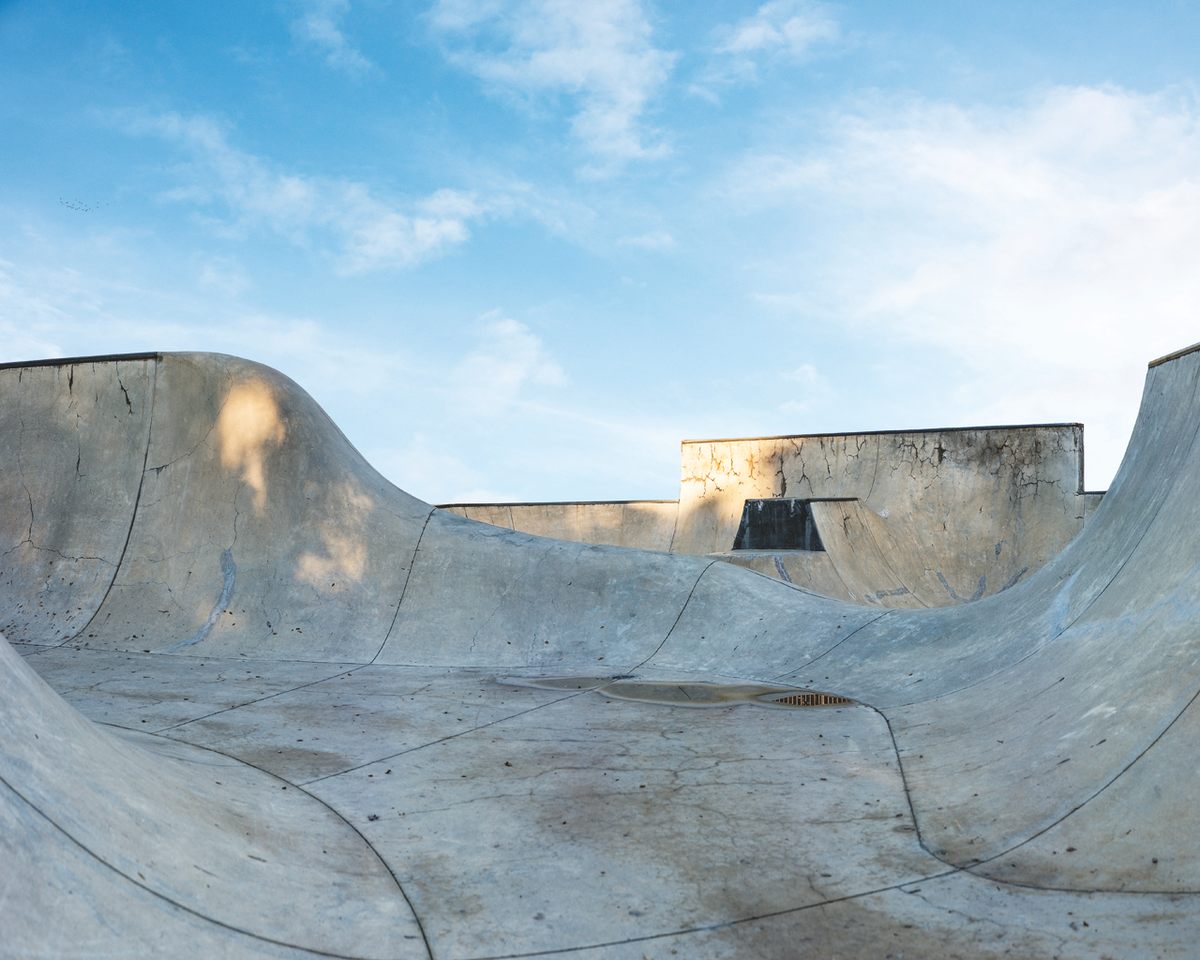
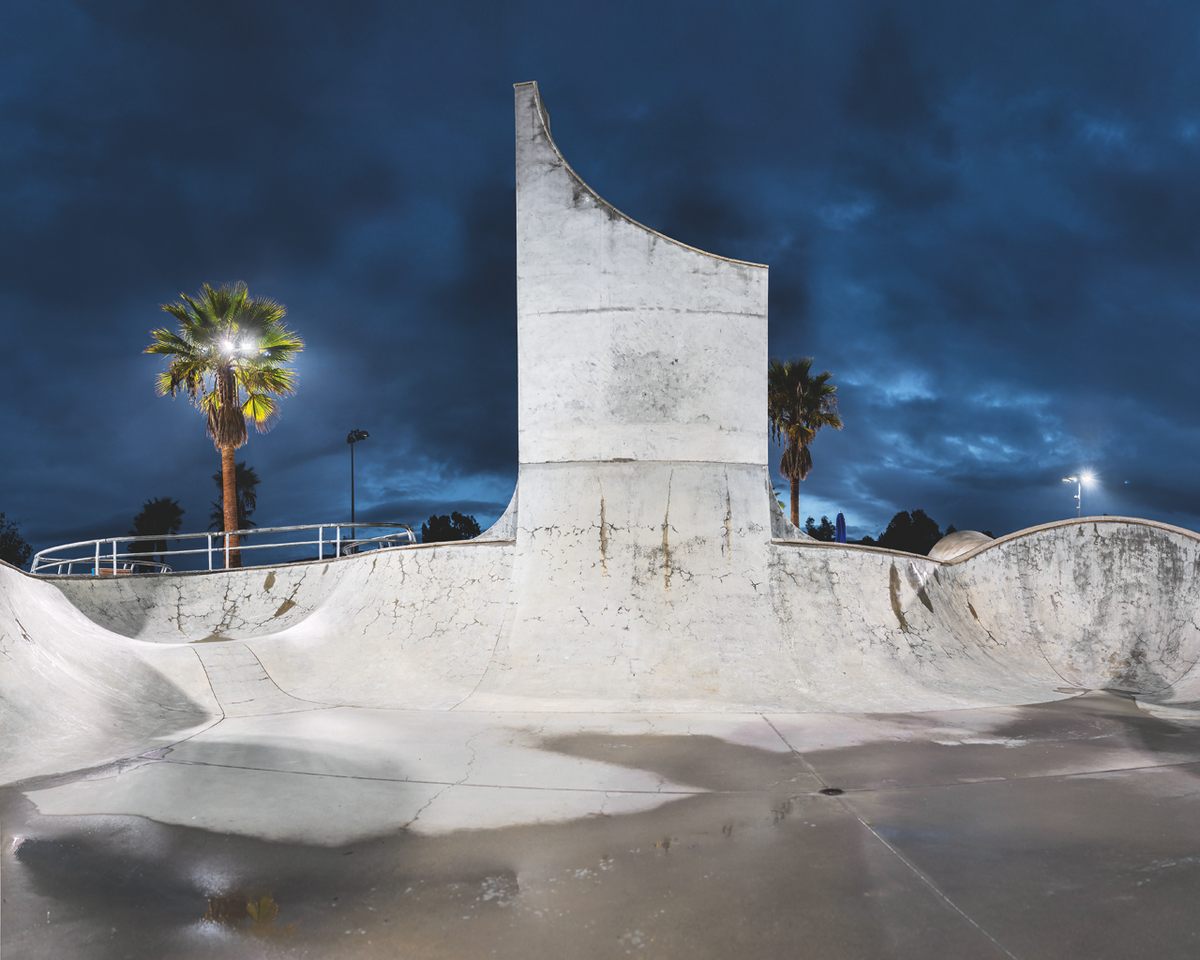

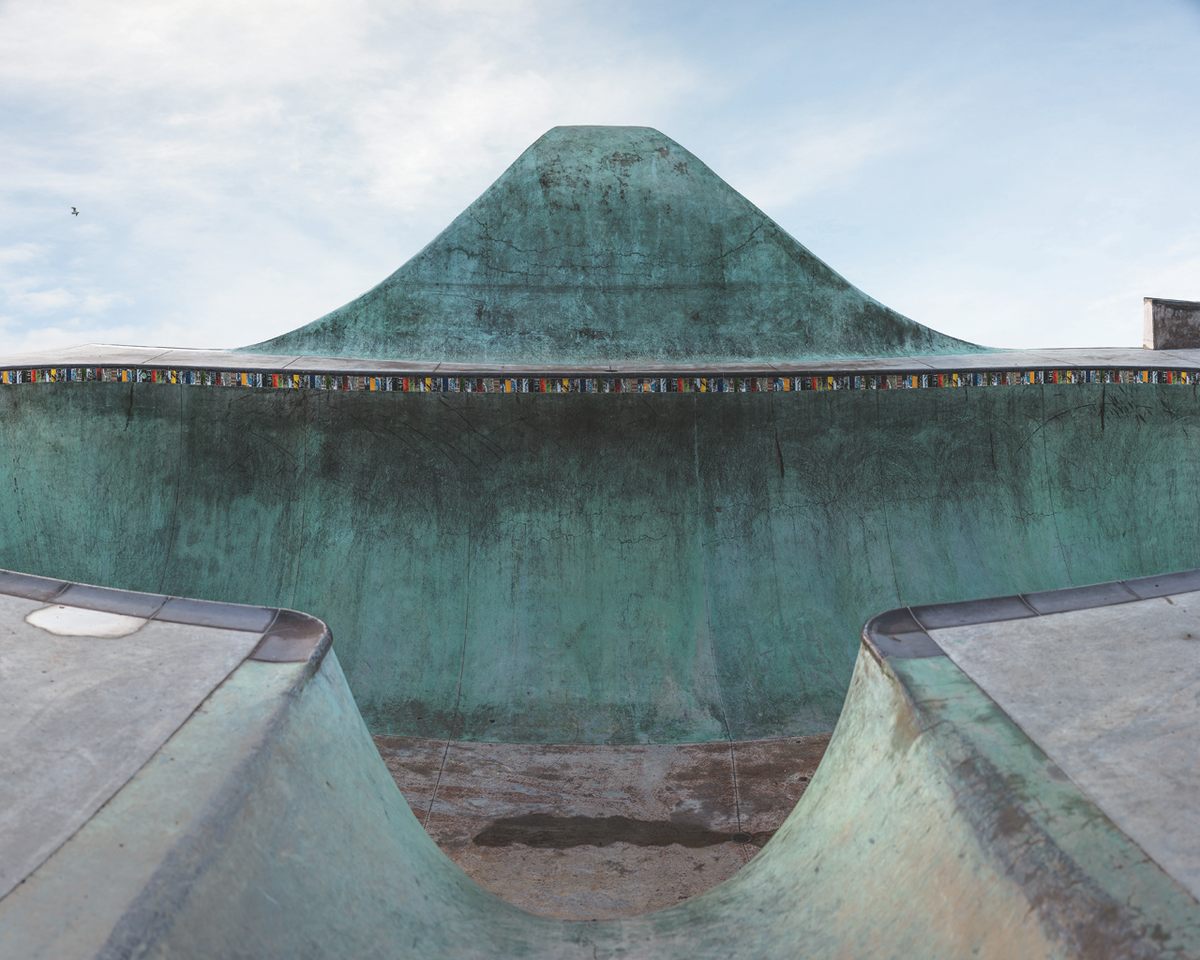

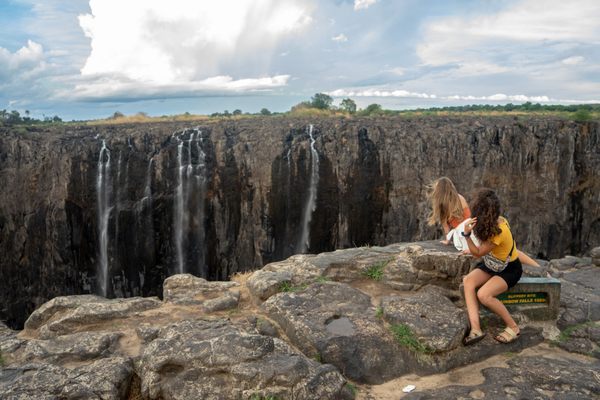
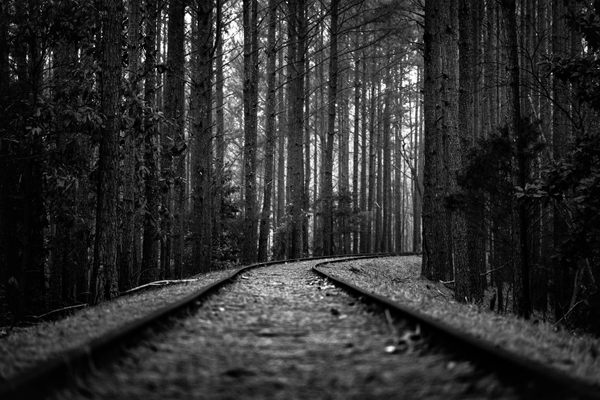
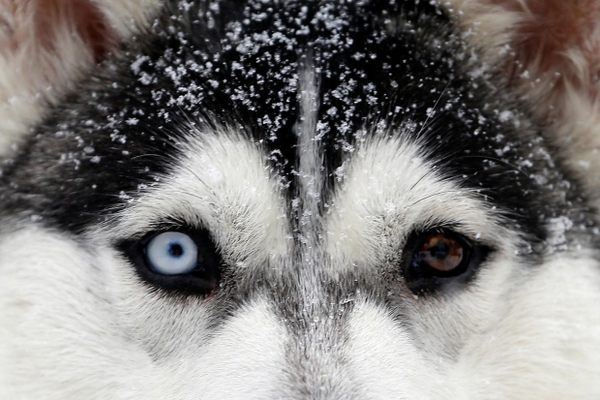







Follow us on Twitter to get the latest on the world's hidden wonders.
Like us on Facebook to get the latest on the world's hidden wonders.
Follow us on Twitter Like us on Facebook